|
By Lauren Allen
Today we launched our national Macroinvertebrate Training Materials and Methods Survey, which we hope will generate a statistically viable dataset about the specific training materials, formats, methods, and challenges that volunteer trainers of macroinvertebrate identification face. If you are a macroinvertebrate ID trainer of volunteers or citizen scientists, please consider taking our survey: http://cmu.qualtrics.com/SE/?SID=SV_djnSqVYgExx5nlX By Bo Kim I created a matrix based on the 5 usability studies conducted with trainers from different organizations. The matrix focuses on the trainers' background, how they conduct trainings and challenges of training volunteers. It will be a useful reference to compare different training approaches of different trainers and organizations. Training materials from Georgia Adopt a Stream and MO Stream Team were also collected and uploaded in our shared drive folder.
Brief summary of the key findings: By Lauren Allen, Learning Scientist
On October 18, 2016 our external evaluator and I observed, surveyed, and focus-grouped a small group of volunteers who attended a macroinvertebrate training about an hour outside of Pittsburgh. The group had recently formed with the intention of performing ongoing water quality monitoring using chemical, physical, and biological measures. Many of the volunteers had backgrounds in scientific, engineering, and chemistry or science fields. They were eager to learn more about the biological factors that can reveal information about the water quality in their county. What we learned from this training in particular is that without high-quality visual resources, including photographs and illustrations or diagrams, it is very difficult, even for engaged and motivated volunteers, to get a clear understanding of the breadth and depth of knowledge they will need to be able to identify macroinvertebrates to the standard volunteer levels, which we have been describing as "order-level with some families". Attached is an example of the identification sheet that shows the groups of macroinvertebrates that volunteers are asked to distinguish, the common names that are used, and which orders are broken into sub-order groups. For example, specimens from order Megaloptera are differentiated--volunteers are asked to distinguish Hellgramites from Fishflies and Alderflies. Additionally, volunteers are asked to distinguish between two types of Trichoptera: netspinning and non-netspinning caddisflies. There are a few other examples of these distinctions that volunteers are asked to make (as can be seen below), but generally, volunteers are asked to identify macroinvertebrates to order. Some other protocols include additional or fewer macroinvertebrates to count. For example, in the protocol below, only damselflies are called out as "Somewhat Sensitive" organisms, however, dragonflies are not included. By Andrea Kautz
Last month the XXV International Congress of Entomology (ICE) was held in Orlando, FL themed "Entomology without Borders." Andrea gave an invited talk for the symposium session on "Aquatic Entomology Around the World". The symposium was well attended and featured some big names in the field like Dr. Rich Merritt (pictured below), the lead author of the seminal and widely used Aquatic Insects of North America (by Merritt, Cummins, and Berg). There was a lot of interest in Macroinvertebrates.org project and website after presenting the concept to a room full of entomologists. Many symposium attendees stayed after to chat about the project, and Andrea was invited to do a write-up for the journal Aquatic Insects: the International Journal of Freshwater Entomology by the editor Helena Shaverdo, who was attending the conference all the way from Vienna, Austria. What a fantastic opportunity to showcase this amazing tool to a world-wide audience, and especially to other aquatic entomologists! Everyone in attendance was encouraged to explore the site for themselves and provide any feedback they may have for us. Please share comments with us in the comment section below. We have all probably been through either the process of training someone to ID macroinvertebrates or have been the trainee at some point themselves, and would have some great insights into what would be most helpful to them. By Andrea Kautz
Here is a great example of how much of a difference imaging in fluid vs. imaging a dry specimen can make. Here, I tried imaging a small water strider, family Veliid first wet and then dry. I wasn't sure how the feathery swimming plumes would respond to drying out so I imaged it wet first in case they broke. It turns out that imaging dry is much better for revealing detail and texture relief, especially for a specimen with a dark body, By Lauren Allen
One of the major research studies laid out by the original grant proposal for our first year on this project is the analysis of expert practices in entomological taxonomy (specifically with taxonomists who are specialized in freshwater benthic macroinvertebrates. The working title for the academic paper to be published on these data and analyses is Entomological Expertise in Taxonomy:Harnessing Expert Practices in Observation and Classification to Inform Digital Identification Tools for Volunteer Biomonitors. In its introduction, I address the notion of the taxonomic impediment, the challenge of teaching volunteers the rigorous methods of entomological taxonomy and identification, and the benefits of studying expert practices in situ for informing the development of teaching and learning technologies. By Andrea Kautz I've learned a lot about macrophotography since starting on the macroinvertebrates.org project in December. Using the GIGAmacro machine is certainly many steps up from a standard microscope automontage set-up that I was used to. Thanks to some coaching by Gene Cooper at GIGAmacro and some equipment upgrades, we have finally got the process optimized for our needs and much more streamlined. We received a higher-quality lens with a new diffuser in June that has produced sharper images. By Lauren Allen, learning scientist
On October 3, 2016 ALLARM's assistant director conducted a macroinvertebrate ID training workshop in Central PA for a local watershed group that has been monitoring their watershed for over 10 years. Volunteers in attendance learned methods for collecting, documenting their collection sites, identifying to order level and some families of aquatic macroinvertebrates, and calculating the overall pollution tolerance index score for their site. By observing these sorts of volunteer training sessions this first year of our project, will will develop a clear set of design goals and challenges for improving and expanding www.macroinvertebrates.org for use by volunteer trainers and volunteer monitors using our site and tools. |
Project TeamAn interdisciplinary team Categories
All
Archives
June 2023
|

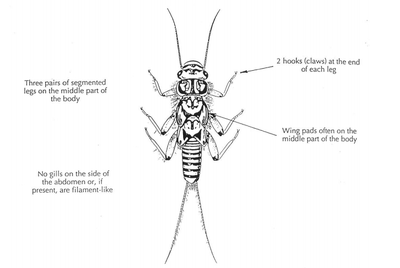

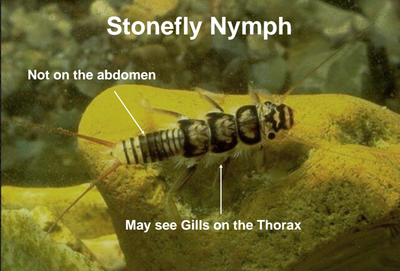
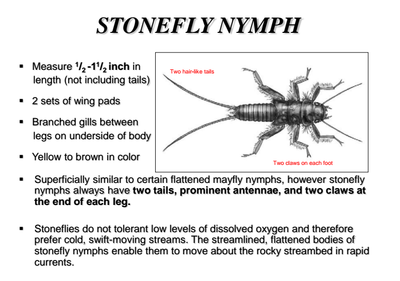
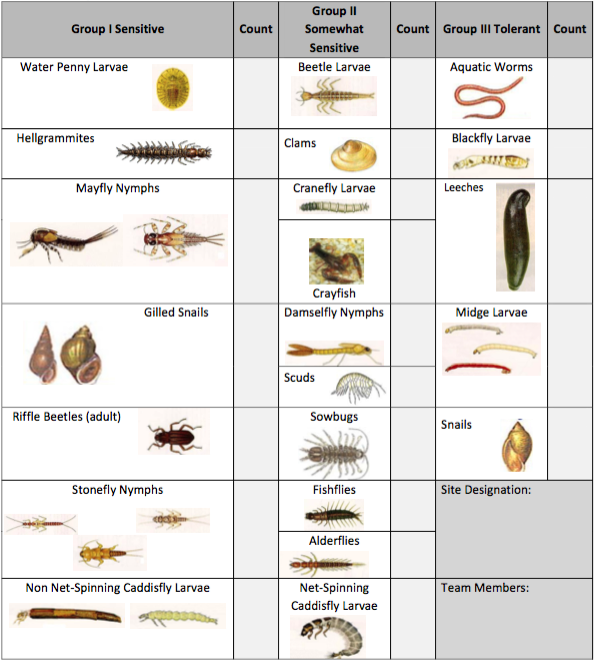

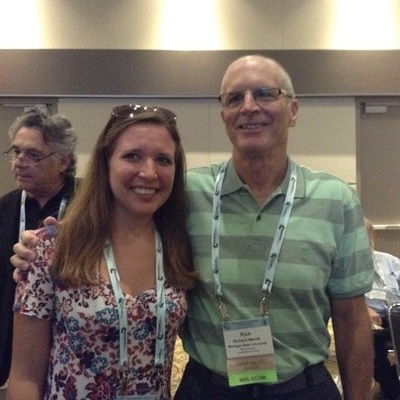
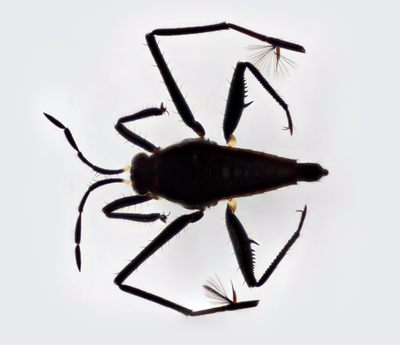
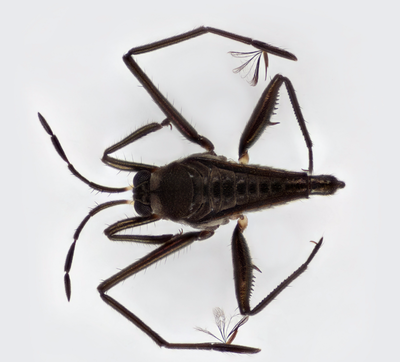
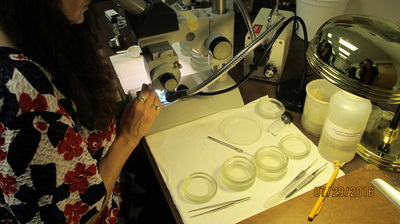
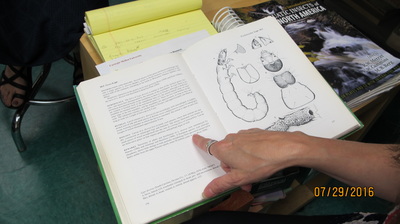
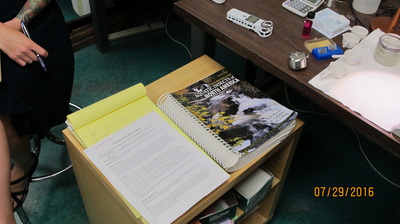
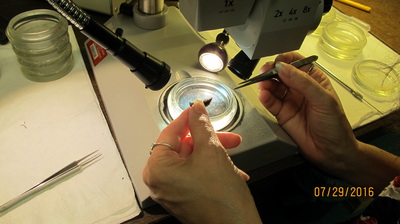
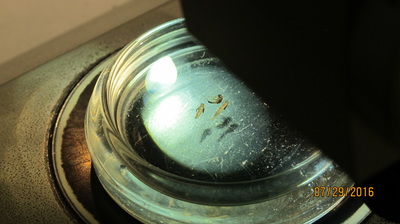
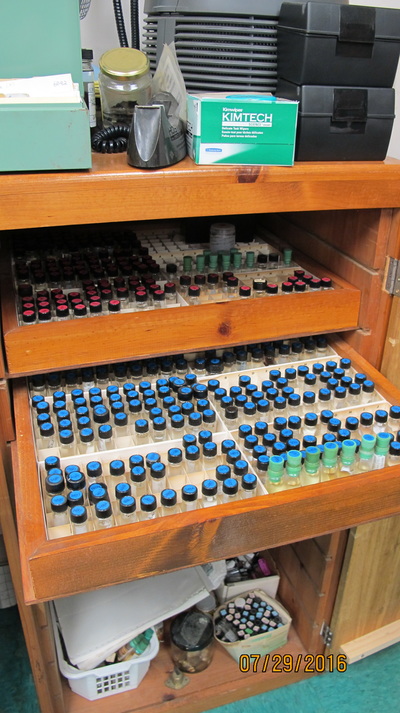

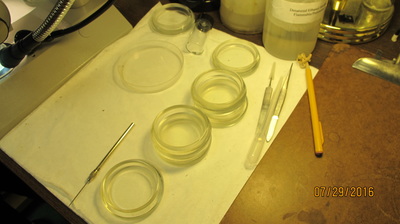
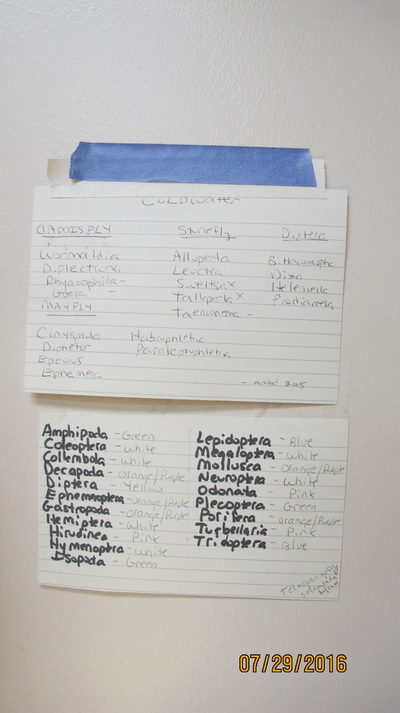
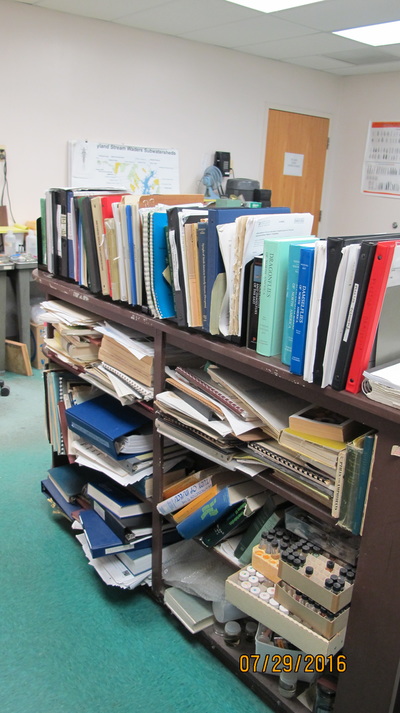
 RSS Feed
RSS Feed
